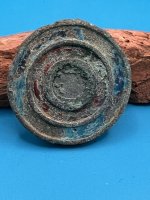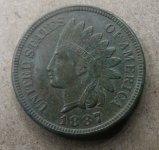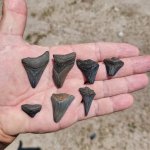eldorado
Full Member
- Mar 19, 2009
- 136
- 125
- Detector(s) used
- started out with compass nugget.1970? have had many over years, current choice is Garrett ACE 350. collection includes: ace 250, AT Pro, ATX, Whites 6000, whites classic, still have my compass too.
Hi all, newebie to this site,,,, I am in need of a bounty hunter DE 280 owners manual. pdf link,, or photo copy, Please help me,, not all of us can afford the minelabs and whites. thank you for any efforts to help





